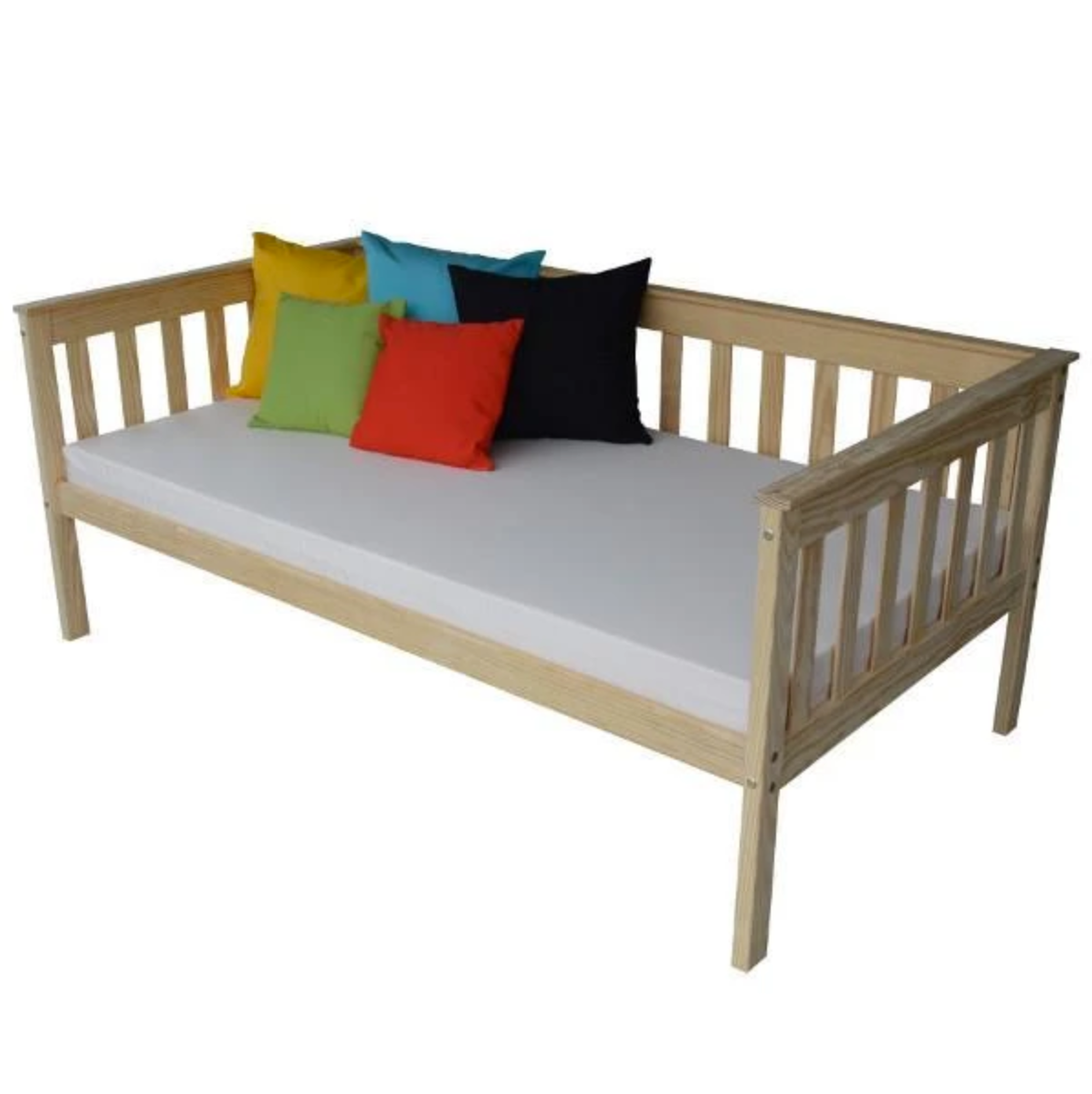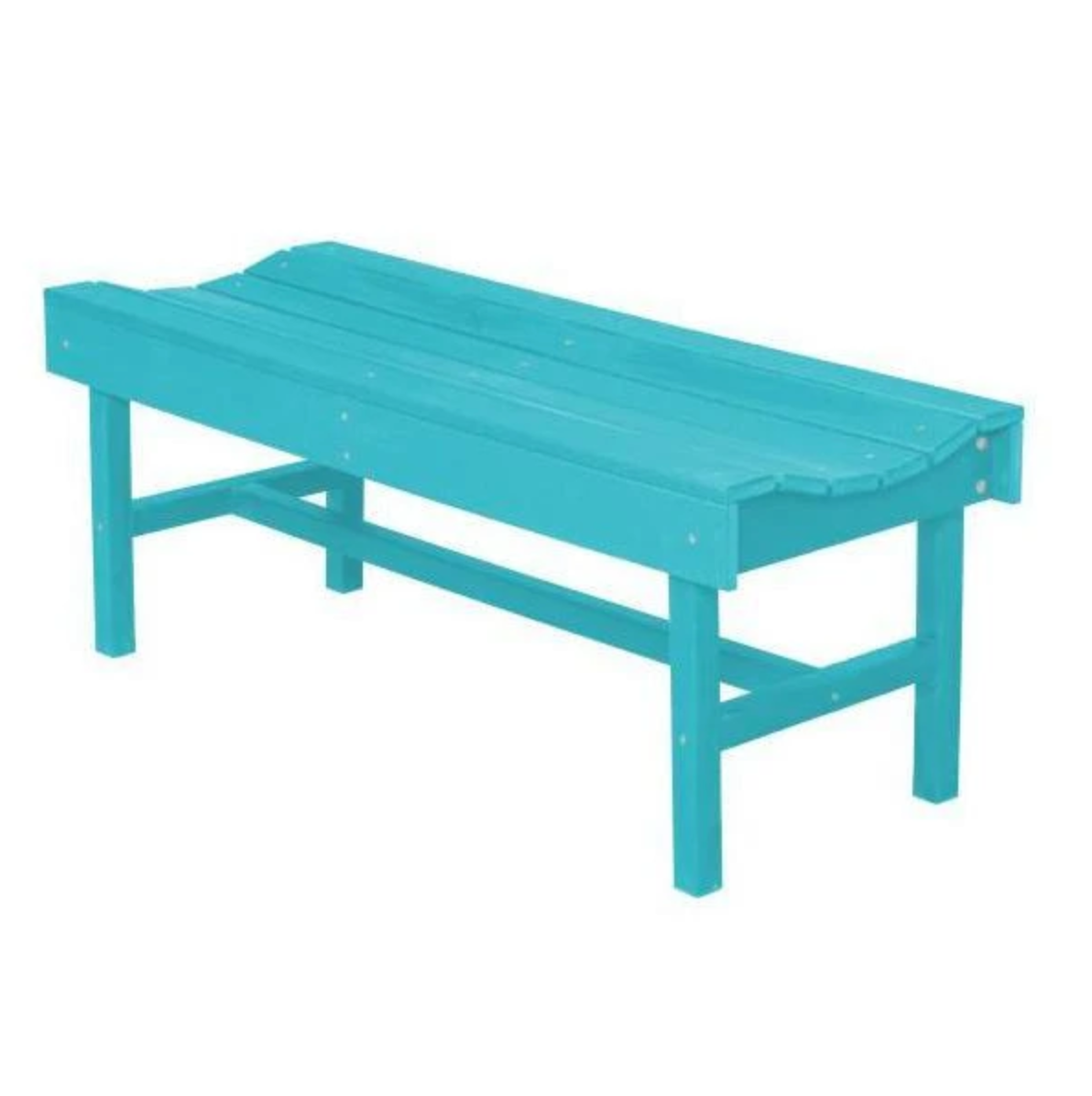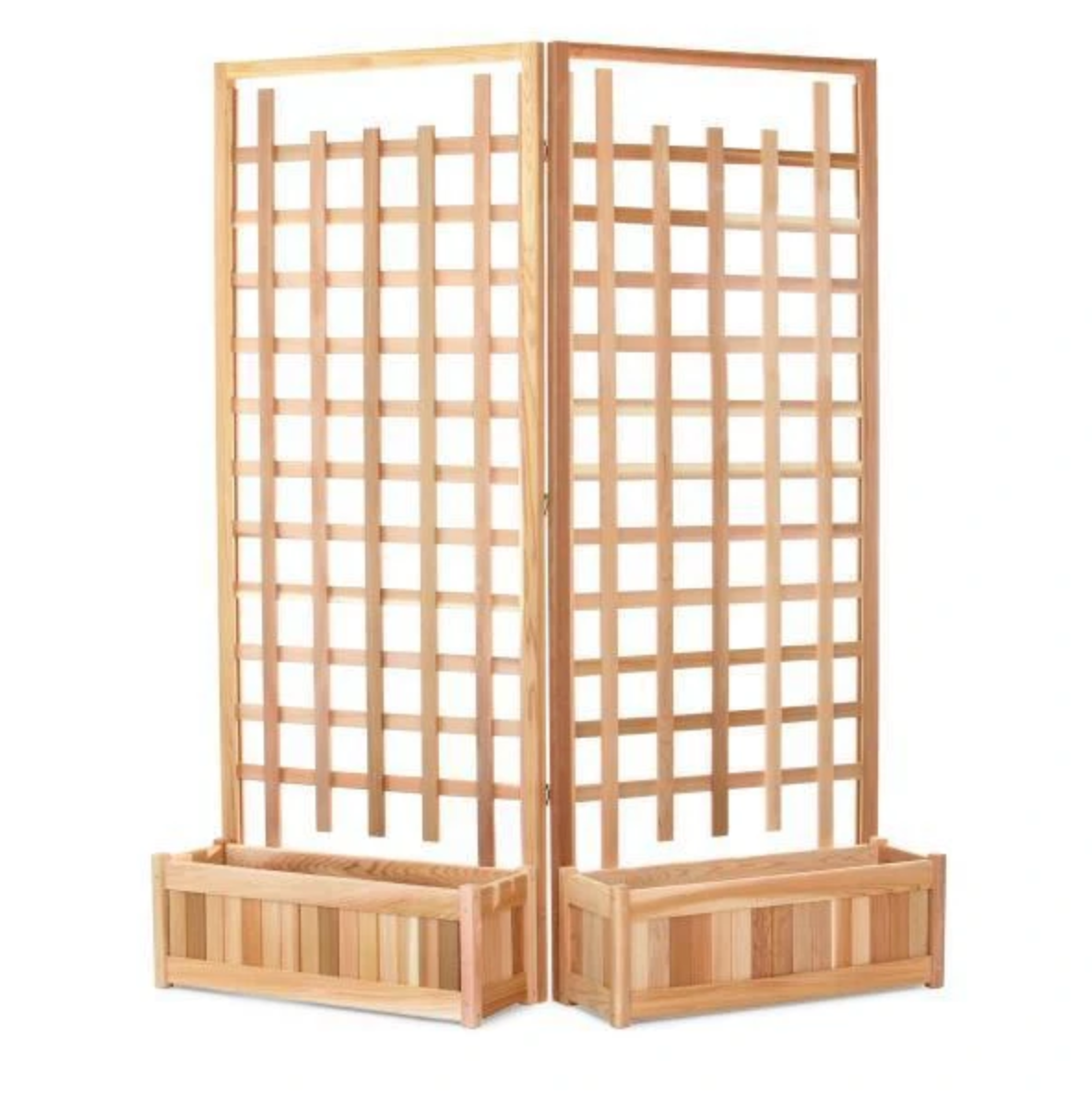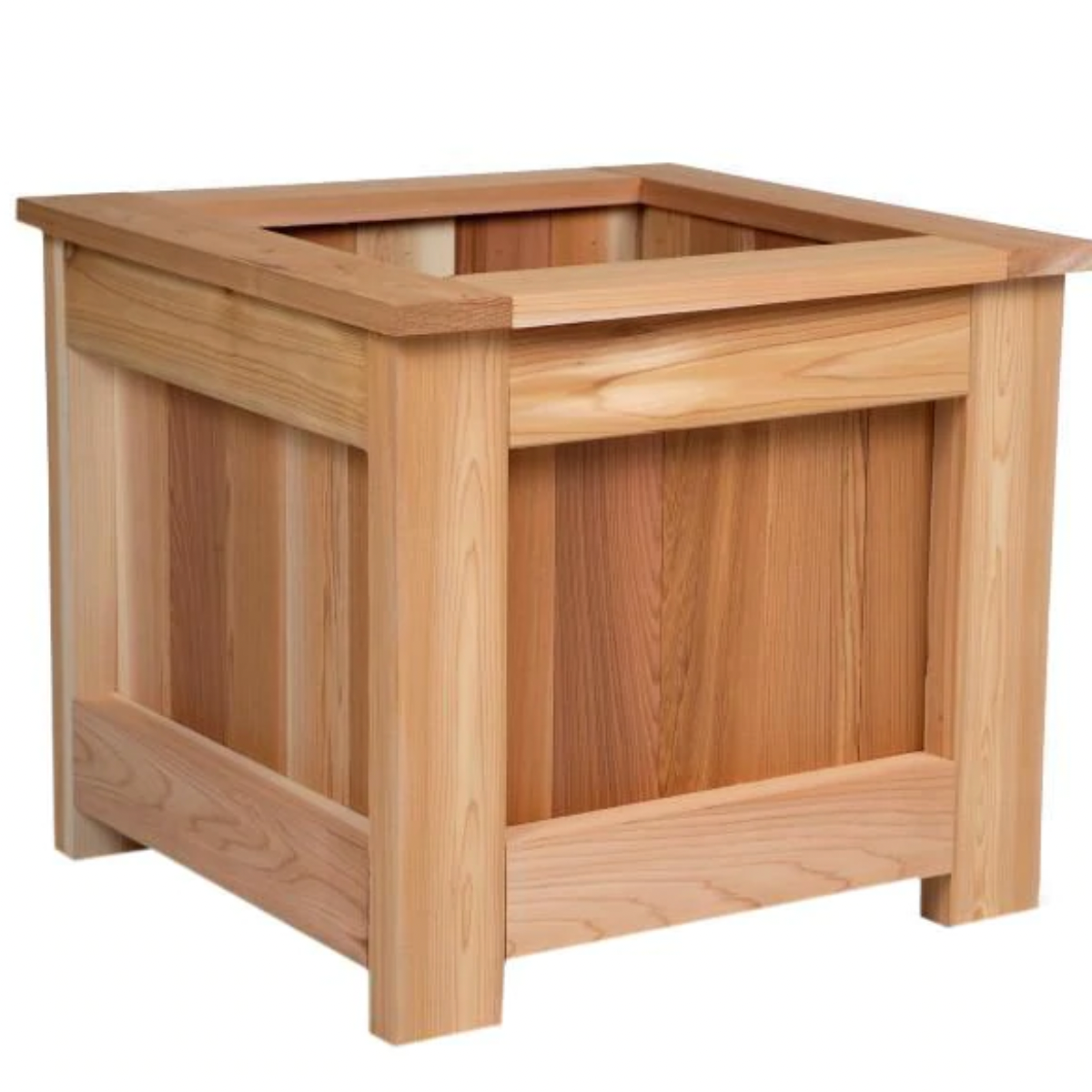Your Cart is Empty
FREE SHIPPING ON EVERY ORDER
Menu

FREE SHIPPING ON EVERY ORDER
Swings
Benches
Tables & Chairs
Home & Garden
Approaches to Restore Aesthetics After Building Projects
Renovation and construction projects can dramatically alter a space, providing a fresh canvas for design and functionality. These projects often leave behind a trail of dust, debris, and blemishes that can detract from the intended aesthetic. Restoring beauty while ensuring a clean and inviting environment involves careful planning and execution of specific strategies tailored to each space.
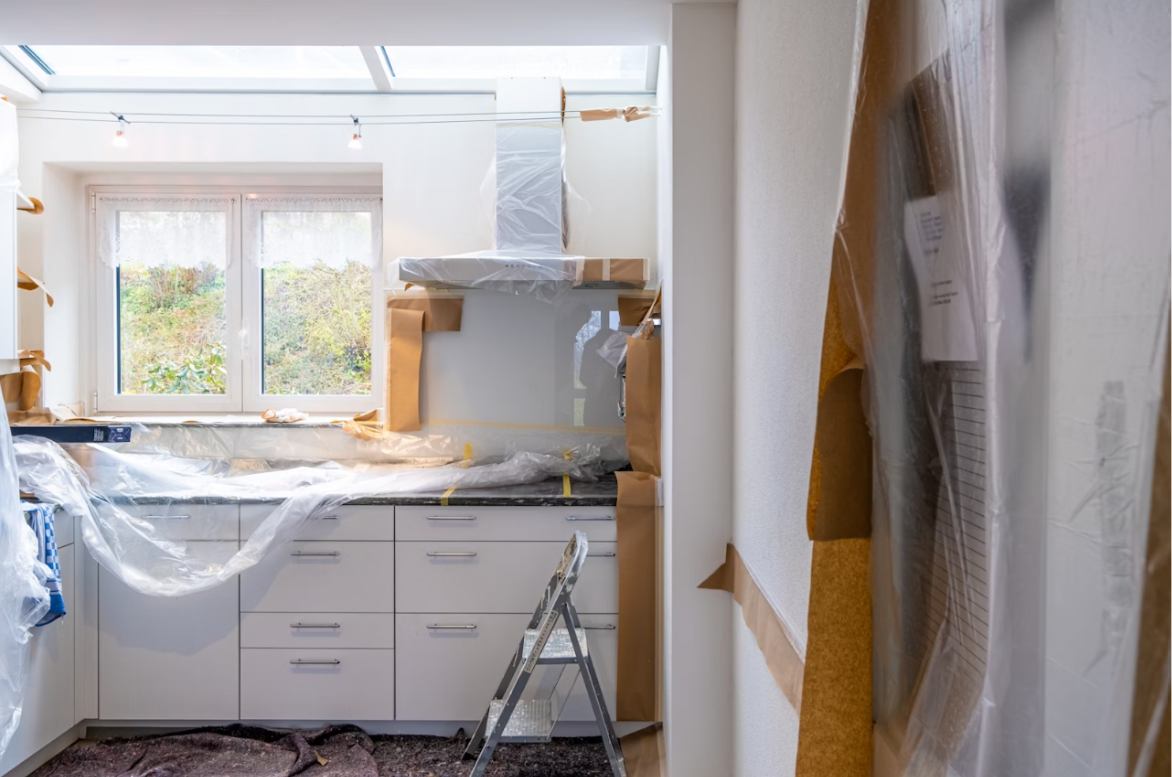
Prioritize Cleaning and Maintenance
The first step toward restoring aesthetics after construction is prioritizing cleanliness. Construction sites generate significant dust, dirt, and other particles that settle on surfaces, creating a dull and uninviting atmosphere. It's crucial to conduct a thorough cleaning to refresh the space. Engage professionals, such as Eshine Cleaning Services, who specialize in post-construction cleaning. Their expertise ensures a comprehensive removal of debris and contaminants, which can be challenging for untrained individuals.
Professional cleaning enhances the visual appeal and contributes to better indoor air quality, reducing health risks associated with allergens and irritants. Establishing a routine maintenance schedule is vital. Regular upkeep prevents the accumulation of dust and grime, ensuring that spaces remain visually appealing long after the final construction phase.
Strategic Use of Color
Color plays a fundamental role in the aesthetics of any space. After construction, it's an opportune moment to rethink and refresh color selections. Paint can cover unsightly marks and scuffs that often accompany building projects. Neutral shades tend to provide a clean and expansive feel, while bolder colors can serve as focal points that add personality and flair. Selecting the right hues impacts the appearance and the mood of the environment. Light and bright colors can uplift spaces, making them feel more welcoming, while darker tones can provide elegance and sophistication.
It's important to consider the context of each area. Utilizing calming colors in relaxation zones can promote tranquility, while vibrant shades in collaborative or creative areas may inspire energy and productivity. Accentuating specific architectural features with contrasting colors can create visual interest. Highlighting moldings or adding a statement wall can transform a room from mundane to extraordinary.
Incorporate Natural Elements
Integrating natural elements significantly contributes to aesthetics, creating a sense of calm and connection to the outdoors. Biophilic design, which emphasizes the connection between nature and interior spaces, can have an uplifting effect on the atmosphere. Incorporating plants adds a splash of color and enhances air quality and well-being. Different flora can create varying levels of brightness and texture, making spaces feel alive and vibrant.
Natural materials like stone, wood, and bamboo can enhance the aesthetic appeal of renovated areas and bring warmth and sophistication. Choosing materials that blend with the environment fosters a harmonious look that can be timeless and elegant. Utilizing natural light can transform how a space appears. Large windows that allow sunlight to flow in enrich the visual experience while promoting positive mental health and productivity in occupants. Utilizing sheer curtains or no window treatments ensures that daylight is maximized, creating brighter, airier rooms that feel welcoming and fresh.
Effective Landscaping
Post-construction aesthetics extend beyond the interior. Landscaping plays a crucial role in enhancing the appeal of a building. A well-thought-out landscape design can frame the structure, drawing attention to its best features and creating a harmonious connection with the surroundings. Selecting native plants, which are adapted to the local climate, can minimize maintenance while supporting the ecosystem.
Incorporating features such as walkways, patios, and garden beds provides functionality and enhances the visual experience of the outdoor spaces. Thoughtfully placed lighting can illuminate pathways and highlight architectural features at night, creating an inviting atmosphere. Incorporating seating areas within landscaped spaces creates outdoor rooms that encourage relaxation and connection, enriching the aesthetic appeal.
Create Functional Spaces
Restoring aesthetics is not solely about visual appeal. It involves creating functionality in spaces. An efficiently designed area that promotes ease of use ensures that occupants can navigate seamlessly through their environment. Furnishings should complement design choices and serve the functionality needed for each area. Custom-built furniture or multi-functional pieces can optimize space while maintaining a cohesive look that aligns with the design theme.
Rethinking the layout of spaces can improve traffic flow and enhance the practicality of the environment. Open-concept designs foster collaboration and flexibility, while defined areas can provide the privacy required for focused tasks. These adjustments improve organizational aesthetics while ensuring that the building meets the contemporary needs of its users.
Highlight Architectural Features
Every building possesses unique architectural features that tell a story and define its style. Post-construction, an effective strategy for restoring aesthetics involves accentuating these features. Elements like arches, columns, and unique molding should be highlighted instead of hidden away. Depending on the design, employing contrasts, such as painting or lighting, can draw attention to these details without overwhelming the aesthetic.
Every space can benefit from proper attention to architectural integrity. Understanding the history and context of a building can inform design choices that enhance its personality, ensuring the final look feels intentional and cohesive. Preserving these elements while modernizing surrounding decor creates depth, allowing for a blend of old and new that resonates with users emotionally.

By using professional cleaning services, securing effective landscaping, upgrading interiors, and employing regular maintenance strategies, property owners can ensure their spaces remain visually appealing and welcoming long-term. Whether you’re establishing a brand-new home or beautifying a renovated office, taking thoughtful steps toward aesthetic restoration can make a lasting difference in how a space is perceived and utilized.
Also in News
US
United States
Dec 07, 2025 18:25
Product Tag :
Product Collection :
×













